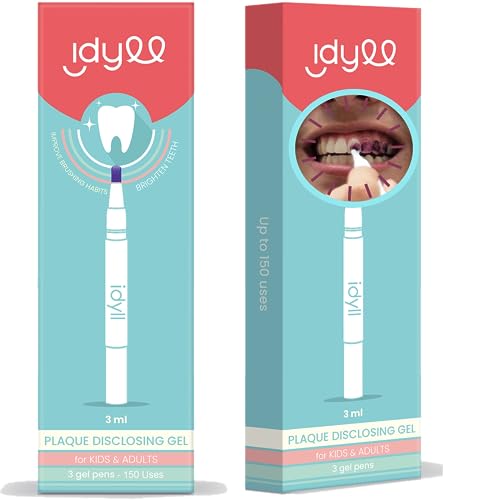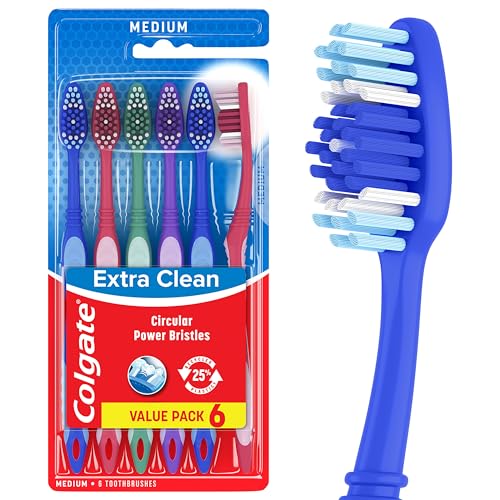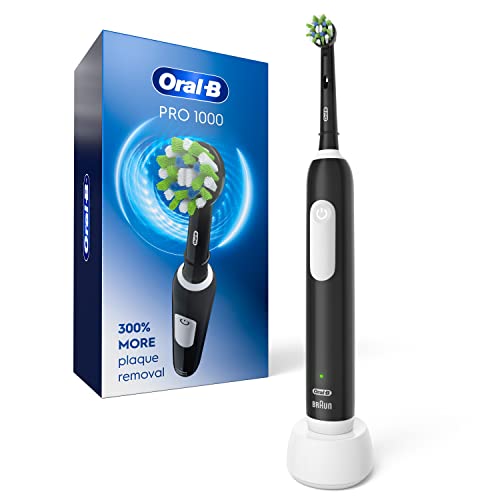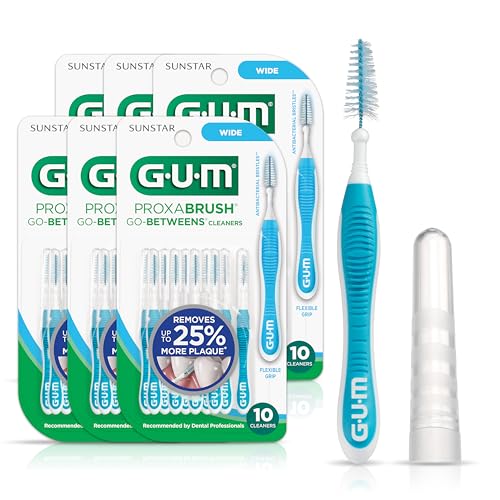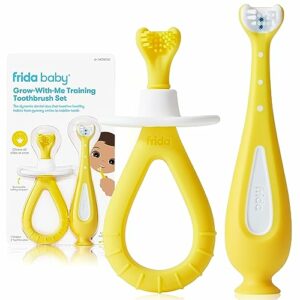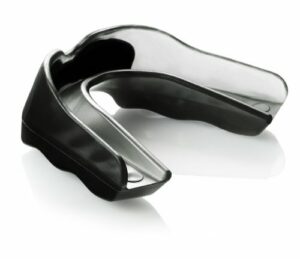In this step-by-step guide, we will help you establish a brushing routine after meals. We understand that maintaining good oral hygiene is important, and brushing after meals is a crucial part of it. This guide aims to provide you with clear and practical instructions on how to incorporate this routine into your daily life. By following these steps, you will be able to ensure the health and cleanliness of your teeth, preventing dental issues and promoting overall oral health.
Keeping Your Teeth Clean and Healthy
Step 1: Gather necessary supplies
Collect a toothbrush, toothpaste, and dental floss. Ensure that the toothbrush is soft-bristled and in good condition. Apply a pea-sized amount of toothpaste onto the toothbrush and hold it at a 45-degree angle to your teeth. Gently brush your teeth using small, circular motions for two minutes. Then, take a piece of dental floss and slide it between your teeth, moving it up and down to remove any food particles or plaque.
Step 2: Rinse your mouth
Rinse your mouth with water by taking a small sip and swishing it around for about 30 seconds. Make sure to move the water around your entire mouth, reaching all the nooks and crannies. Spit out the water gently into the sink, ensuring that it doesn’t go down your throat. This will help remove any lingering food particles and leave your mouth feeling refreshed.
Step 3: Apply toothpaste
To apply toothpaste, start by squeezing a pea-sized amount onto your toothbrush. This amount is sufficient to effectively clean your teeth without wasting too much toothpaste. You can visualize the size of a pea by imagining a small, round blob of toothpaste that covers about half of the bristles on your toothbrush.
Step 4: Brush your teeth
To brush your teeth effectively, hold your toothbrush at a 45-degree angle and gently move it in small circular motions for a duration of two minutes. Imagine dividing your mouth into four sections (top left, top right, bottom left, and bottom right) and spend around 30 seconds on each section, making sure to cover all surfaces of your teeth. For example, start at the top left and work your way around, using small circular motions on the front, back, and chewing surfaces of your teeth. Remember, consistency is key for maintaining good oral hygiene!
Step 5: Don't forget your tongue
To ensure a thorough oral hygiene routine, gently brush your tongue to remove bacteria and freshen your breath. Start by extending your tongue out of your mouth, then use your toothbrush to brush the surface of your tongue in a back and forth motion. Be sure to reach the back of your tongue as well. Rinse your mouth with water afterwards to remove any residue.
Step 6: Floss between teeth
To effectively clean between your teeth, follow these steps using dental floss:
- Take about 18 inches (45 cm) of dental floss and wrap it around your middle fingers, leaving about 1-2 inches (2-5 cm) of floss between them.
- Hold the floss tightly between your thumbs and forefingers, and gently glide it up and down between each tooth, making sure to curve it around the base of each tooth in a C-shape.
- Be gentle and avoid snapping the floss against your gums, as it can cause irritation.
- Use a fresh section of floss for each tooth, to avoid transferring plaque or food particles.
Remember, flossing is an essential part of your oral hygiene routine, as it helps remove plaque and prevent gum disease.
Step 7: Rinse again
To rinse your mouth thoroughly, fill a cup or glass with clean water. Take a mouthful of water and swish it around your mouth for about 30 seconds, making sure to reach all areas including the front, back, and sides. Spit out the water gently into the sink, and repeat this process until you no longer feel any residue of toothpaste or debris in your mouth. Remember to rinse your mouth after brushing to maintain good oral hygiene!
Step 8: Clean your toothbrush
To clean your toothbrush, rinse it thoroughly under running water after each use. Make sure to remove any toothpaste residue or debris that may have accumulated on the bristles. After rinsing, store your toothbrush in an upright position to allow it to air dry completely. This will help prevent the growth of bacteria and keep your toothbrush clean and hygienic for future use.
Step 9: Repeat after meals
To establish a routine of brushing after every meal, follow these simple steps:
- Keep a toothbrush handy: Make sure you have a toothbrush and toothpaste easily accessible after meals. This could be at home, work, or even in your bag or purse.
- Brush thoroughly: When you’re ready to brush, start by rinsing your mouth with water to remove any food particles. Then, apply a pea-sized amount of toothpaste to your toothbrush and brush your teeth thoroughly for at least two minutes.
- Pay attention to all areas: While brushing, don’t forget to clean all surfaces of your teeth – front, back, and chewing surfaces. Also, don’t neglect your tongue as it can harbor bacteria and cause bad breath.
- Rinse and clean your toothbrush: Once you’re done brushing, rinse your mouth with water and spit out the toothpaste. Rinse your toothbrush thoroughly with water to remove any leftover toothpaste and debris.
- Store your toothbrush properly: After cleaning your toothbrush, store it upright in a clean, dry place to allow it to air dry. Avoid storing it in a closed container, as it can create a moist environment that promotes bacterial growth.
By following these steps and repeating them after every meal, you can maintain good oral hygiene, prevent dental issues, and enjoy a healthy smile.
The importance of consistency
In conclusion, establishing a brushing routine after meals is vital for maintaining good oral health. Throughout this guide, we have highlighted the key steps to help you establish this routine effectively. By brushing after meals, you can remove food particles, prevent plaque buildup, and reduce the risk of cavities and gum disease. Remember to choose the right toothbrush, use fluoride toothpaste, and brush for at least two minutes. Additionally, incorporating flossing and mouthwash into your routine will maximize the benefits. We understand that changing habits can be challenging, but with consistency and determination, you can make this new routine a part of your daily life. Your teeth and gums will thank you for it, and you’ll enjoy the long-lasting benefits of a healthy and beautiful smile.
Essential Supplies
Simple Steps for Success
Making Your Dental Care Routine More Effective
- First, make sure you have a toothbrush and toothpaste readily available
- After finishing a meal, wait at least 30 minutes before brushing your teeth to allow saliva to neutralize the acid in your mouth
- When it’s time to brush, wet your toothbrush and apply a pea-sized amount of toothpaste
- Hold your toothbrush at a 45-degree angle towards your gum line
- Using gentle, circular motions, brush each tooth individually for at least two minutes
- Pay attention to all surfaces of your teeth, including the front, back, and chewing surfaces
- Don’t forget to brush your tongue gently to remove bacteria and freshen your breath
- Rinse your mouth thoroughly with water after brushing to remove any residual toothpaste
- Finally, store your toothbrush in an upright position to allow it to air dry between uses
Keeping Your Teeth Clean and Healthy
Why is it important to brush our teeth after meals?
It is important to brush our teeth after meals because it helps maintain good oral hygiene and prevents various dental issues. When we eat, food particles and bacteria can get stuck in between our teeth and along the gumline. If these particles are not removed, they can lead to plaque buildup, which eventually hardens into tartar. Both plaque and tartar can cause tooth decay, cavities, and gum disease.
Brushing our teeth after meals helps to remove these food particles and bacteria, preventing the formation of plaque and tartar. It also helps to freshen our breath and removes any lingering flavors from our meals. Regular brushing also stimulates the gums, promoting healthy blood circulation and preventing gum diseases such as gingivitis.
In addition to brushing, it is also important to floss regularly and use mouthwash to reach areas that a toothbrush cannot effectively clean. By practicing good oral hygiene and brushing our teeth after meals, we can maintain a healthy smile and prevent dental problems in the long run.
Is there a particular toothbrush or toothpaste we should use for brushing after meals?
When it comes to choosing a toothbrush and toothpaste for brushing after meals, there isn’t a one-size-fits-all answer. The most important aspect of oral hygiene is brushing your teeth effectively and regularly, regardless of the specific products you use.
For toothbrushes, we generally recommend opting for a soft-bristled brush as it is gentle on the teeth and gums. It is also important to choose a toothbrush with a head size that fits comfortably in your mouth, allowing you to reach all areas easily.
As for toothpaste, it is crucial to select one that contains fluoride. Fluoride helps strengthen the enamel and protect against tooth decay. Beyond that, the choice between different brands or types of toothpaste largely depends on personal preference. Whether you prefer a gel or a paste, a specific flavor, or additional features like whitening properties is entirely up to you.
Remember, the most important factor in maintaining good oral hygiene is to brush your teeth thoroughly for two minutes, at least twice a day, using proper technique. Additionally, don’t forget to floss daily and visit your dentist regularly for professional cleanings and check-ups.


